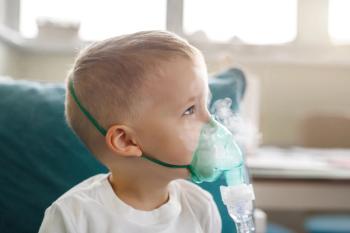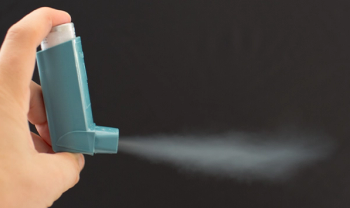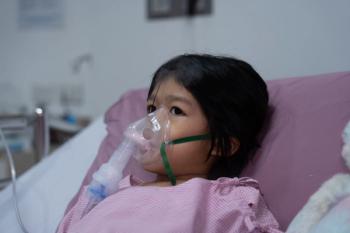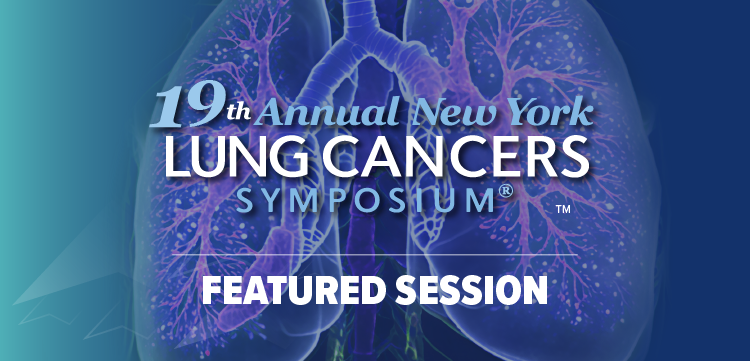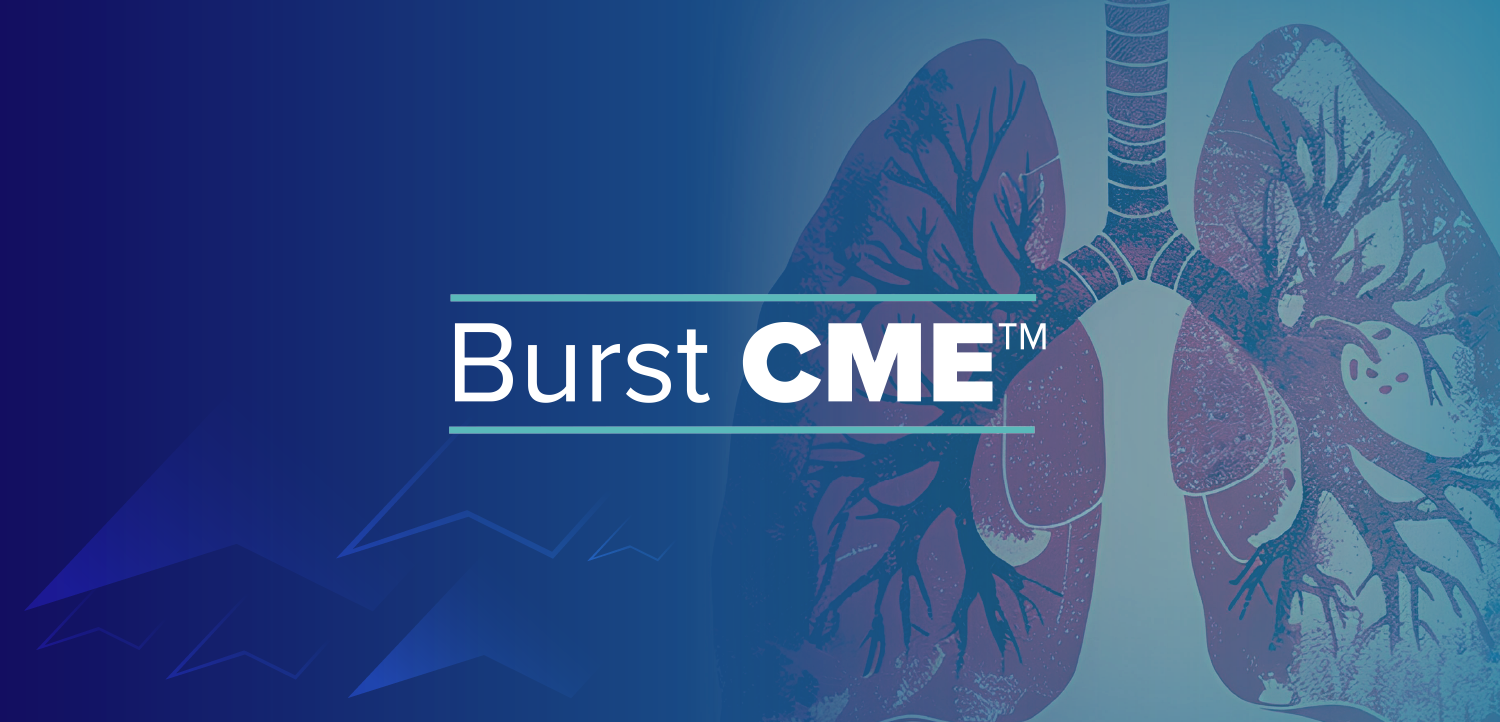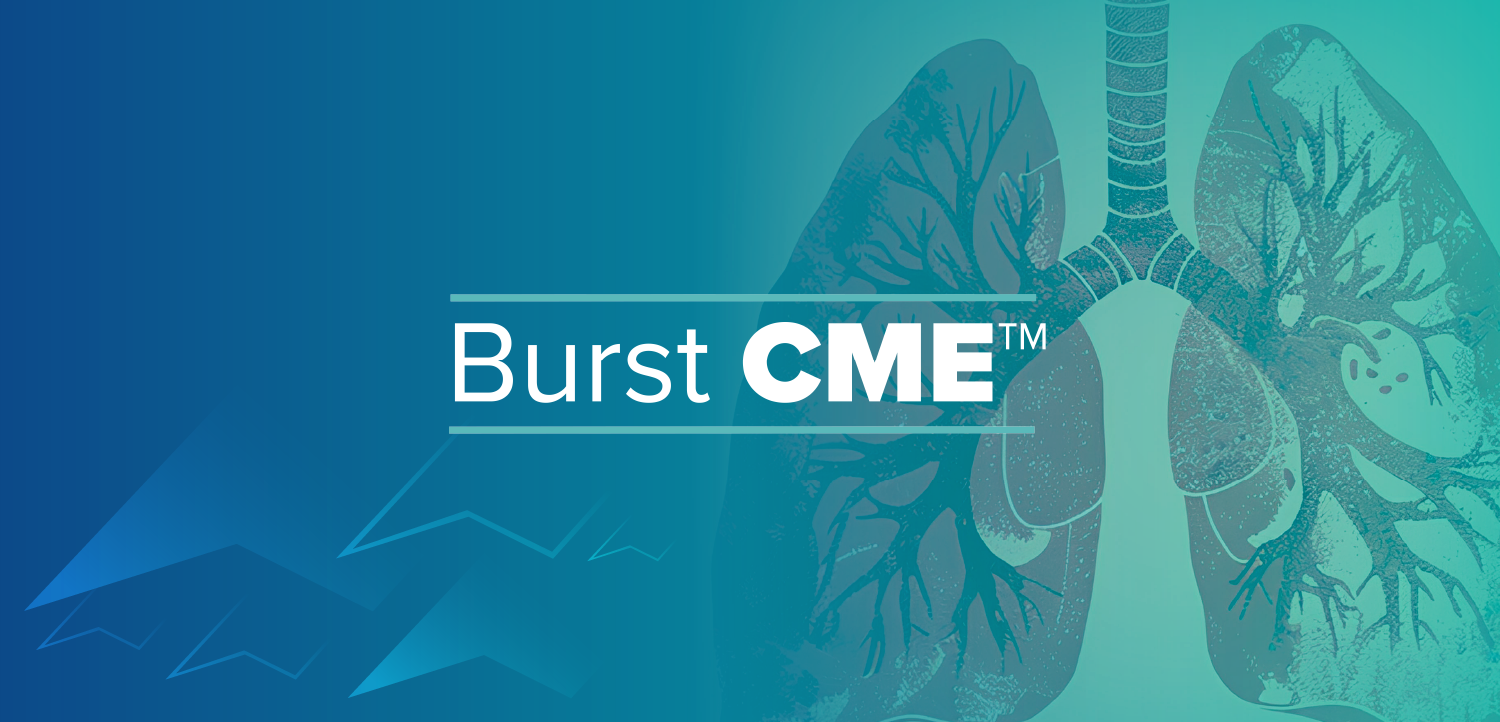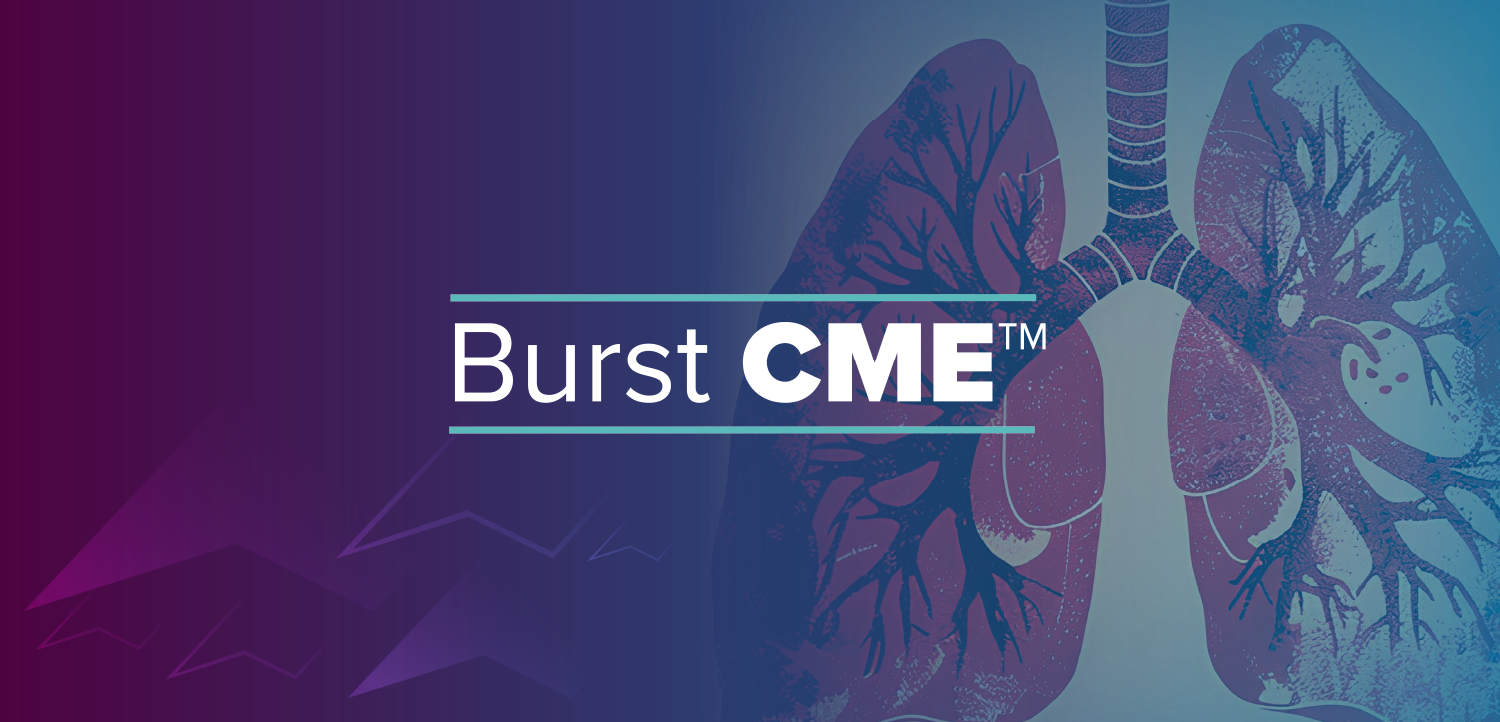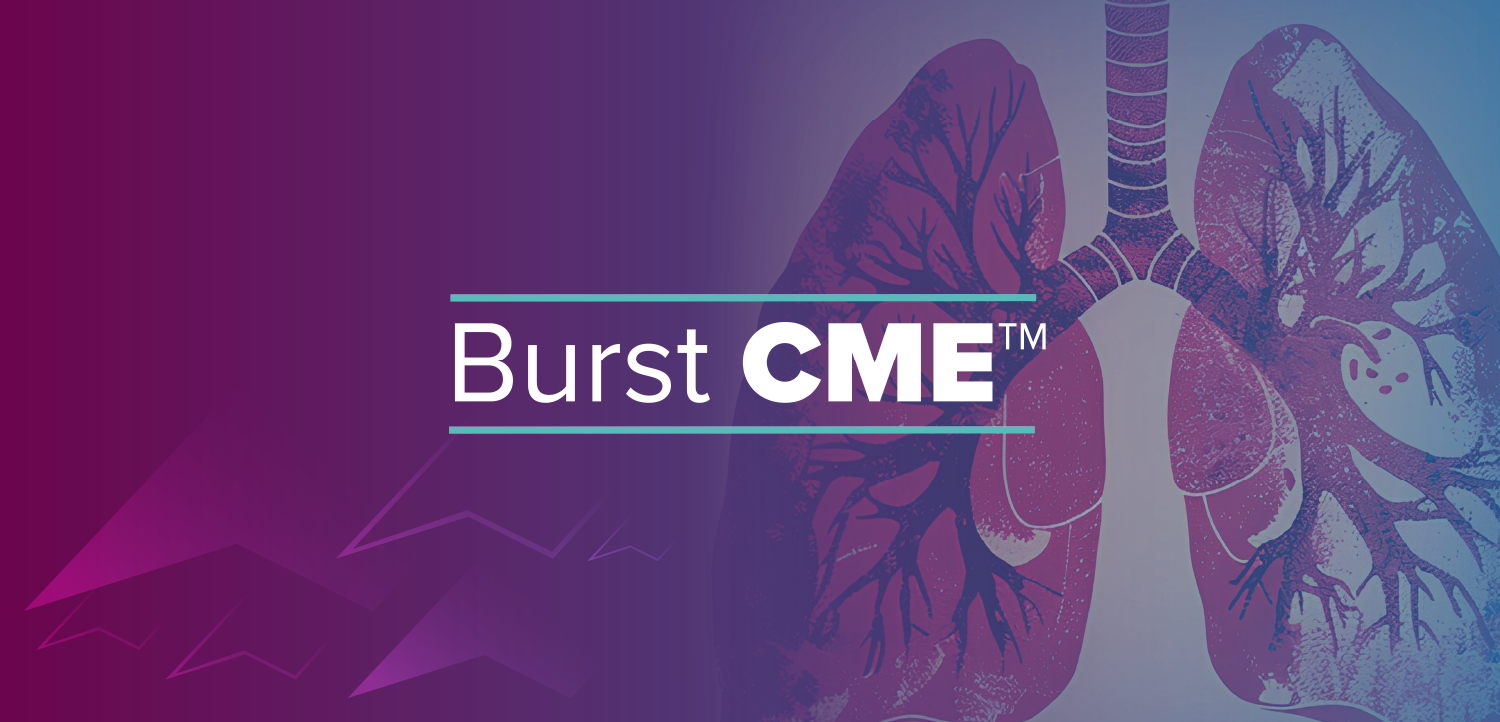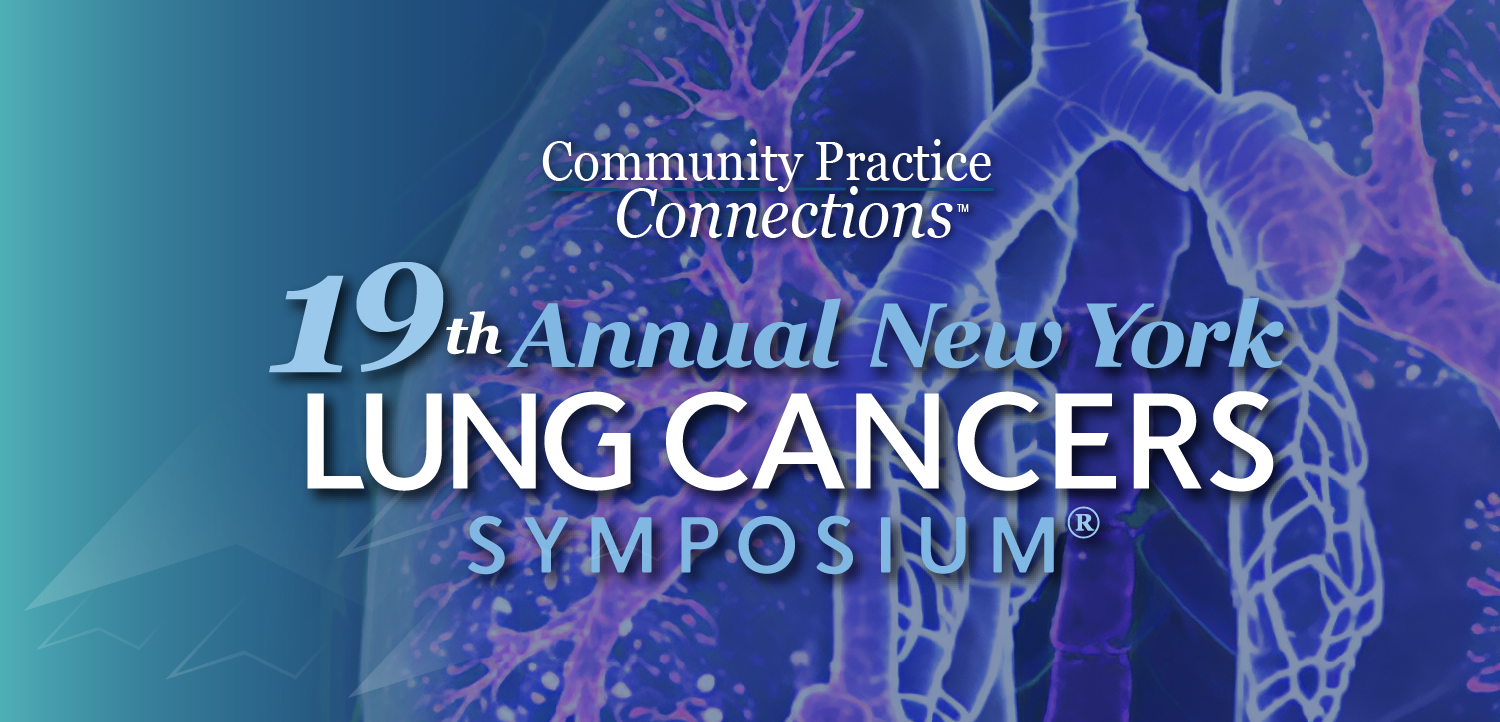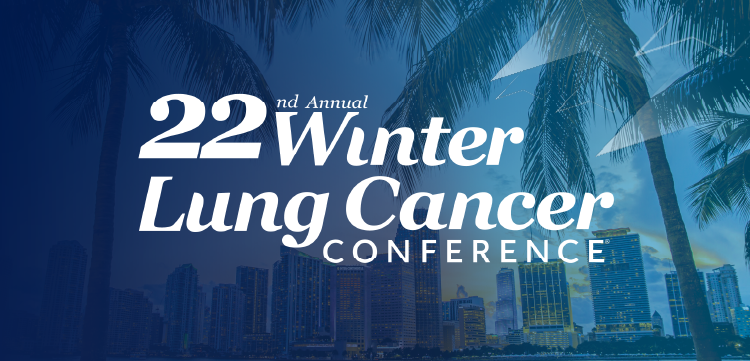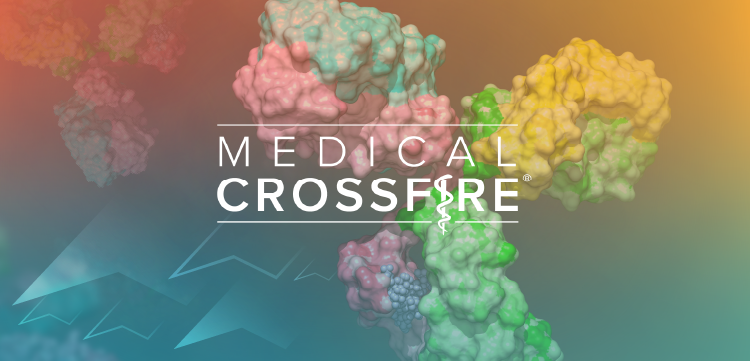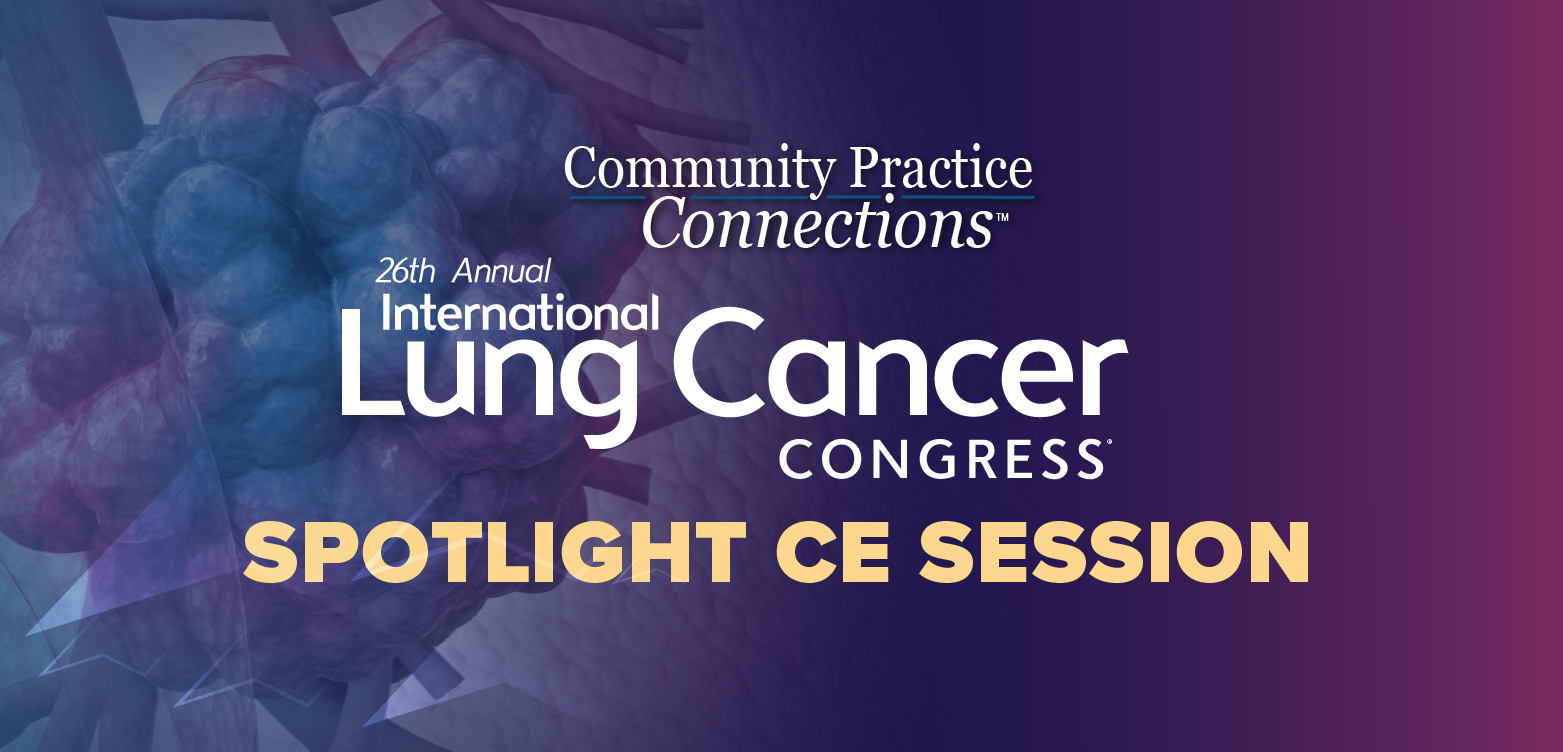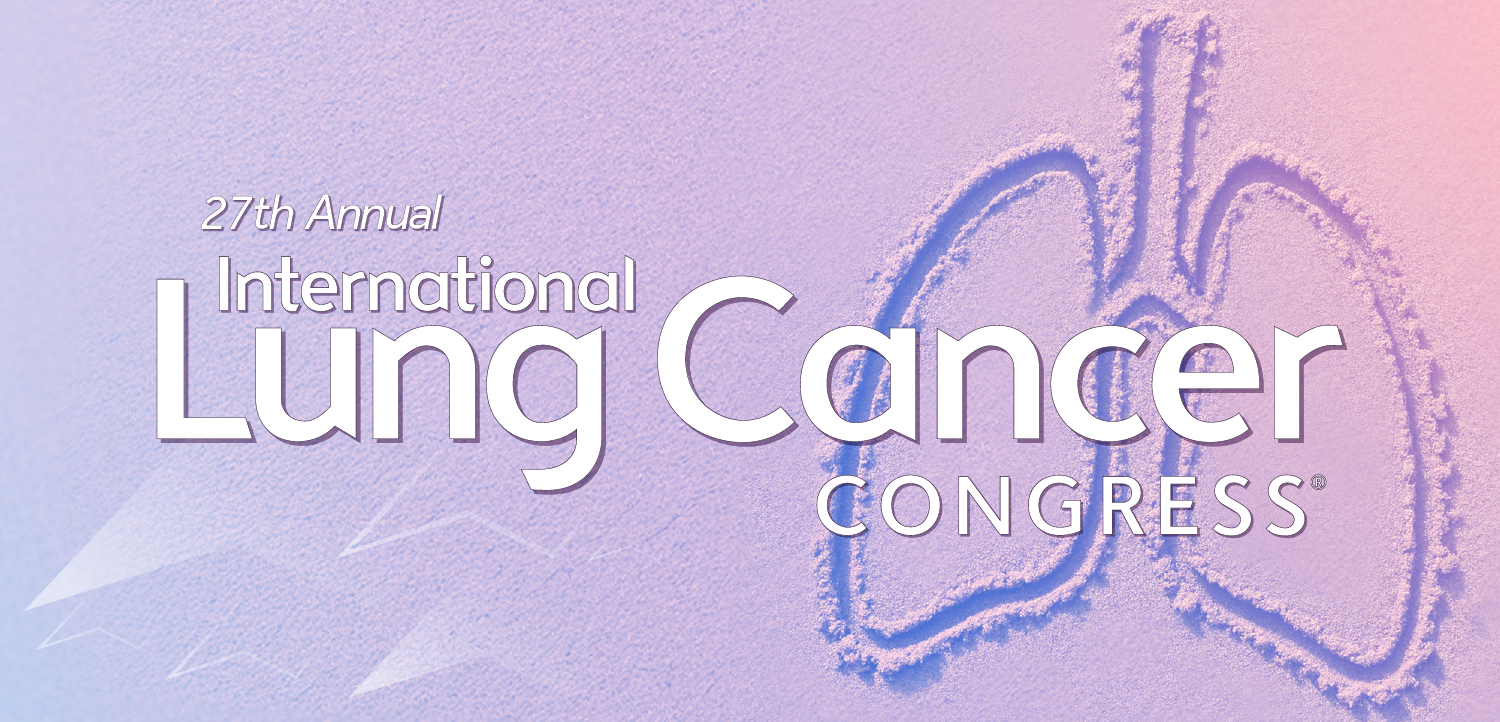
RSV Hospitalizations Heavily Impacted Older Adults Before Vaccines Became Available
Prior to vaccine availability, RSV was a significant cause of illness and hospitalization in older adults in the U.S., particularly those 60 and older.
Before respiratory syncytial virus (RSV) vaccines were introduced in 2023, adults hospitalized with RSV faced a major burden of hospitalizations, ICU admissions and in-hospital deaths, with the highest rates among those aged 75 and older, according to a study published in JAMA Network Open.
Prior to vaccine availability, RSV was a significant cause of illness and hospitalization in older adults in the U.S., particularly those 60 and older.
However, the main impact of RSV-related hospitalizations remained unclear due to underdiagnosis and testing limitations, authors of the study suggest.
In the past, many doctors haven’t routinely tested for RSV in hospitalized adults, as it didn’t affect treatment plans, and existing diagnostic tools may have been less accurate than previously thought.
In addition, shifts in respiratory virus testing during the COVID-19 pandemic complicated RSV hospitalization estimates even more.
By May 2024, the FDA approved three RSV vaccines for adults.
The three FDA-approved RSV vaccines for adults 60 and older are GSK’s AREXVY, Pfizer’s ABRYSVO and Moderna’s mRESVIA.
Initially, in June 2023, the CDC recommended vaccination for adults 60 and older based on shared decision-making with healthcare providers.
In June 2024, this recommendation was updated to suggest a single vaccine dose for all adults 75 and older, as well as those 60 to 74 years at high risk of severe illness.
To measure the impact of these vaccines, researchers of this study aimed to obtain pre-vaccine hospitalization rates.
Using data from the RSV Hospitalization Surveillance Network (RSV-NET), researchers analyzed RSV-related hospitalizations in 58 counties across 12 U.S. states from 2016 to 2023.
The study included nonpregnant adults 18 and older with confirmed RSV infections, tracking hospitalization rates, ICU admissions and in-hospital deaths.
Data collection initially focused on RSV seasons — October to April — but became year-round starting in 2020.
To make up for missed cases due to testing limits, researchers used a "multiplier approach" to adjust hospitalization rates, considering how accurate the tests were and how many patients were tested.
Between 2016 and 2023, there were 16,575 recorded RSV hospitalizations in U.S. adults, with a median patient age of 70 years.
Hospitalization rates were lowest in adults aged 18 to 49 and highest in those 75 and older. Each year, an estimated 123,000 to 193,000 adults were hospitalized due to RSV, with ICU admissions ranging from 24,400 to 34,900 cases and in-hospital deaths from 4,680 to 8,620.
Older adults faced the greatest risk, accounting for nearly half of RSV hospitalizations, 38.6% of ICU admissions, and 58.7% of RSV-related deaths.
A significant strength of the study highlights the impact of RSV on older adults before vaccines became available, centering the need for preventive measures.
By comparing RSV hospitalization rates to those of influenza and COVID-19, researchers demonstrated that RSV can be just as severe.
However, limitations included inconsistent RSV testing, potential underestimation of cases and challenges in determining whether RSV was the primary cause of hospitalization.
The authors stress the need for increased RSV awareness among healthcare providers and improved testing rates. They also pushed on the importance of vaccination, particularly for older adults, as uptake remains low.
Future research should explore additional risk factors, such as underlying health conditions and social determinants, while continued surveillance is needed to monitor RSV trends and enhance public health responses.
Newsletter
Get the latest industry news, event updates, and more from Managed healthcare Executive.

